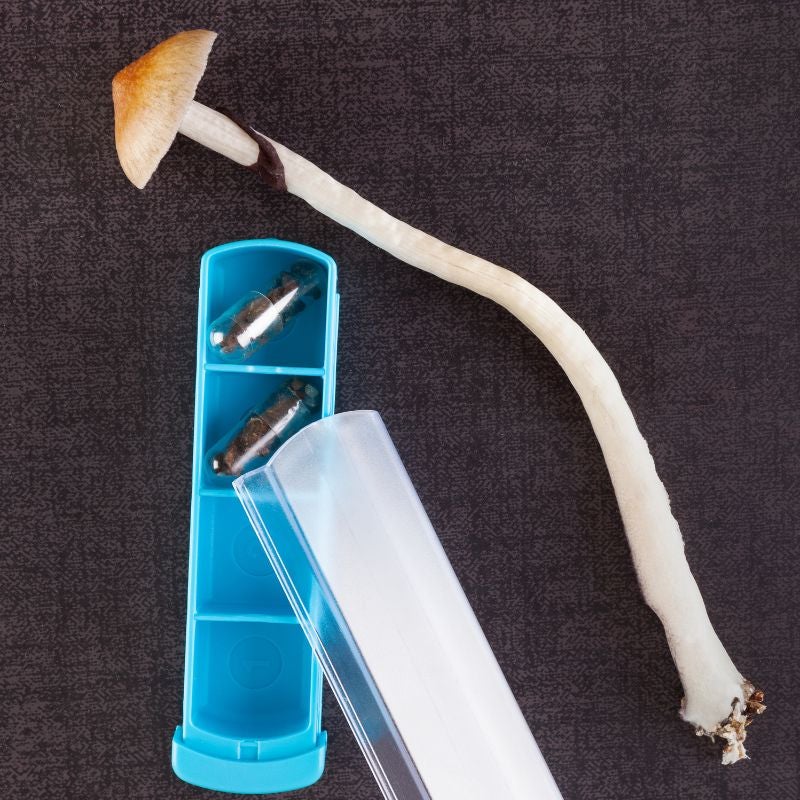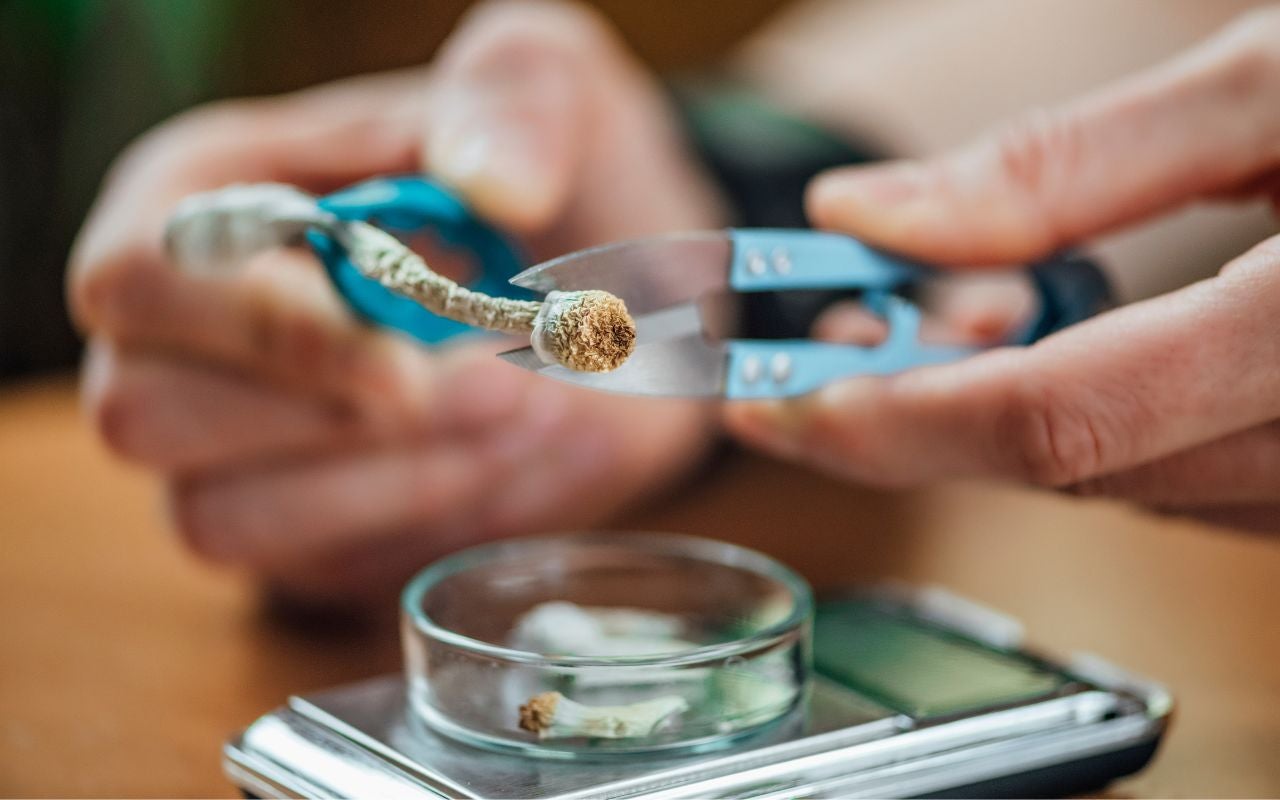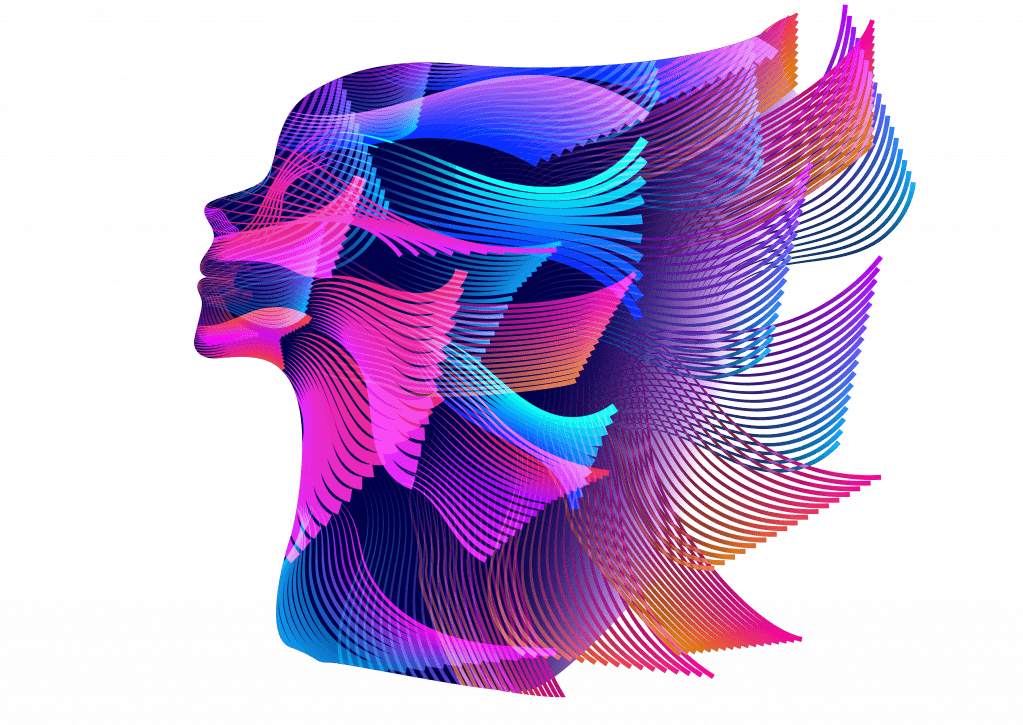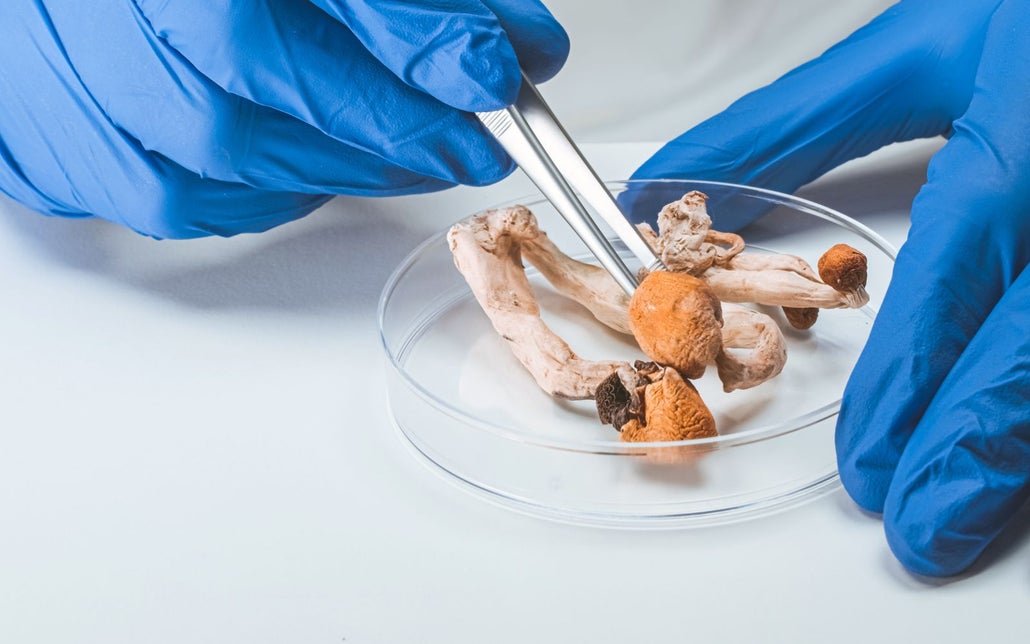Increase in Reported Use of Microdosing
The use of microdosing has increased due to the reported beneficial effects many users report experiencing. Studies suggest that microdosing, which involves taking minimal amounts of a substance like LSD or Psilocybin, can provide therapeutic benefits such as improved creativity, reduced anxiety and improved focus. This increase in reported use of microdosing has opened up conversations about the potential for its use in medical settings and other treatment plans.
Microdosing involves fewer risks than full doses of these substances currently do. It’s thought that lower doses give positive psychological effects with little to no psychoactive effects. This would be preferable over larger doses, which could have more potent physical and mental side effects. This can make it an attractive alternative for those tired of traditional treatments yet still seeking relief from their symptoms. Because the regulation surrounding these substances is complex and varies around the world, it is not recommended to take them outside of controlled research settings. Yet despite this cautionary advice, anecdotal reports support the idea that taking low doses could offer a relaxing effect or boost one’s mood without creating dependence. This is why interest in microdosing continues to grow among medical professionals and recreational users alike.
 The Easing of Legal Restrictions Around The Personal Use of Microdoses
The Easing of Legal Restrictions Around The Personal Use of Microdoses
Microdosing has become increasingly popular recently, especially among people looking for improved productivity, greater creativity and enhanced well-being. While the concept of ingesting micro-amounts of a psychedelic substance is nothing new, legal restrictions around its personal use have been a significant barrier to entry in many regions. Fortunately, as our understanding of the potential benefits of microdosing increases, so make efforts to relax or remove regulations blocking responsible use.
Recent studies into the effects of microdoses have prompted governments around the world to reconsider individual and recreational use regulations on several psychedelics. This means that in countries like Canada, The Netherlands and Portugal, it is now legal to possess psychoactive substances like psilocybin or LSD in small amounts (microdoses) without facing harsh legal consequences -under certain conditions.
As more countries acknowledge and embrace the therapeutic potential of these substances for personal self-improvement, more individuals are open to exploring them safely under different circumstances. The easing up of legal restrictions has opened a door for those seeking to experience some of the reported positive effects associated with proper microdosing regimens. It has also resulted in an explosion in research into this subject from all corners of academia.
We still have much to learn about the long-term effects of the usage, and balancing appropriate doses for various therapeutic protocols still needs to be discovered. But there is no denying that relaxing existing laws presents a unique opportunity to explore what lies beyond conventionally accepted standards of health care within our society – if used responsibly and under supervision if necessary. Together with public education initiatives encouraging safe experimentation through reliable sources such as Microdose Market, we can understand why interest in microdoses has grown so popular today.
The Establishment of High-Profile Psychedelic Research Centres
In recent years, the concept of “microdosing”—taking minimal doses of psychedelics, such as LSD or psilocybin mushrooms—has caught on as a means to heal and optimize one’s life. It is believed that microdosing can improve mood levels, creativity, empathy, focus and productivity. But the theory behind its effectiveness lies primarily in speculation without scientific validation.
Several research centres are emerging that are devoted to validating the practicality of microdosing psychedelic substances and exploring its potential therapeutic benefits on a much deeper level. The establishment of these high-profile research centres is making it easier for scientists to investigate psychedelics in a wide variety of experiments, including:
- Clinical trials
- Animal studies
- Brain scans
- Long-term follow-up studies
In addition to providing more opportunities for researchers to experiment with psychedelics and carry out more comprehensive studies on their use, this newly emergent research movement has helped boost public awareness about the potential medical benefits of microdosing psychedelic substances. Through various conferences and prestigious publications featuring this cutting-edge research on psychedelics, microdosing has gained traction beyond recreational use by highlighting the more significant social implications of exploring its capacity for treating conditions like depression and anxiety.
Whether or not it will provide lasting benefits remains to be seen. Still, the new trend towards using psychedelics as a therapeutic tool looks far from fading away anytime soon – thanks mainly to an abundance of recent rigorous studies concentrated on proving their effectiveness being conducted at prominent research centres worldwide.
 Frequently Asked Questions
Frequently Asked Questions
Q: What is microdosing?
A: Microdosing is taking minimal doses of psychedelic substances, such as LSD or psilocybin, to experience subtle yet beneficial psychological and physiological effects.
Q: Why has microdosing become popular?
A: Microdosing has become popular due to reports of individuals experiencing positive physical and mental health effects, such as improved focus and creativity, and increased energy and emotional balance.
Q: What are the potential risks of microdosing?
A: The potential risks of microdosing include anxiety, paranoia, and increased heart rate. It is essential to consult with a physician and do research before attempting microdosing.







